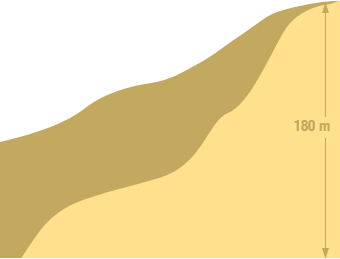Middle East and Africa, using HTML5 and modern Web technologies.

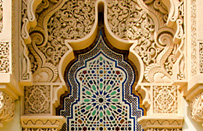





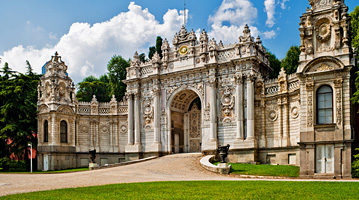

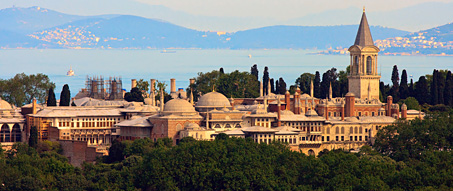
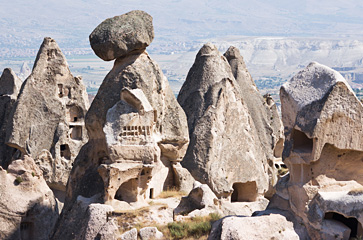
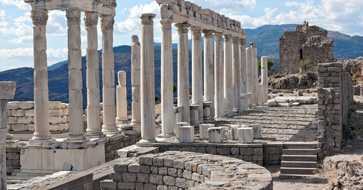
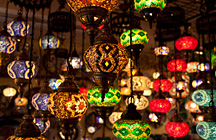




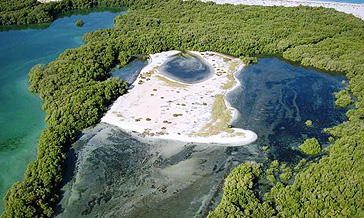
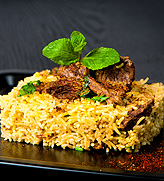
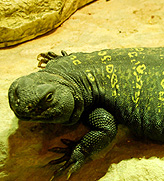


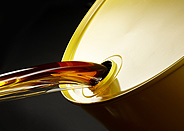
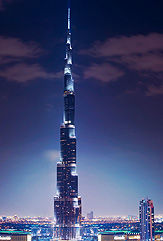
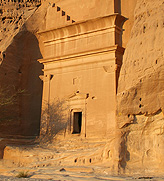


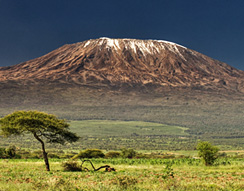
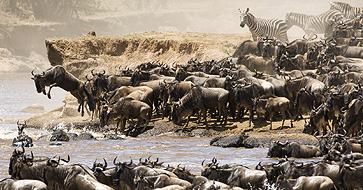


There are 54 countries in Africa. By most estimates, over a thousand languages are spoken in Africa, making it the most multilingual continent in the world.



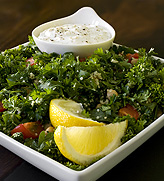
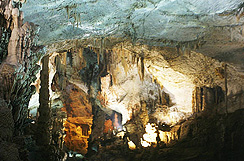



Egypt is the country with the largest population in the Middle East and Africa with over 80 million people, concentrated along the narrow Nile Valley and Delta. That means 99% of the population uses only about 5.5% of the total land area.
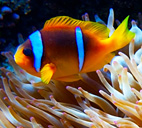
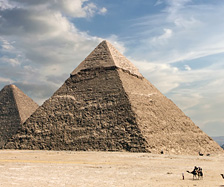
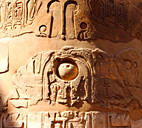
Egypt is said to be the oldest civilization in the world. No other has captured the imagination of scholars and laypeople alike. Mystery surrounds its origins, its religion and its monumental architecture.

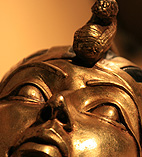

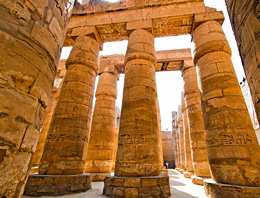



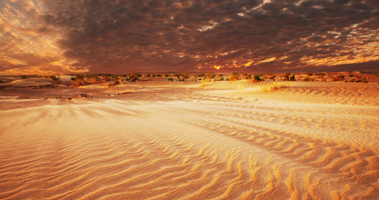
Sahara is the third largest desert in the world after the Antarctica and Arctic desert. It is therefore the largest hot desert on planet earth. It covers most of North Africa, making it almost as large as China or the United States.

The "African hunter" is a dinosaur from the mid Jurassic Period of northern Africa. One of the early cretaceous dinosaurs from the Sahara. It had a mouthful of sharp teeth and three claws on each hand, nearly 9 meters long, and a weight of about 1.5 tons.


Deserts cover about one fifth (20 percent) of the earth's land area. The Sahara desert located in Africa is the largest desert in the African continent covering 8,600,000 square km. The Sahara covers parts of the countries of Morocco, Algeria, Tunisia, Libya, Egypt, Western Sahara, Mauritania, Mali, Niger, Chad, and Sudan.
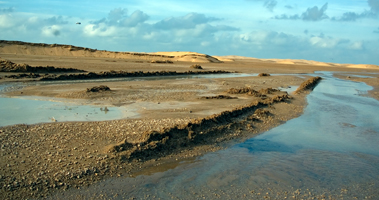
Sahara desert receives less than 10 inches of rainfall per annum. Plants grow deep roots in order to survive under such extreme conditions. However, the rainfall has increased in the last couple of years which resulted in greening the Sahara and surrounding. Grazing areas, flourishing trees and shrubs have been observed.
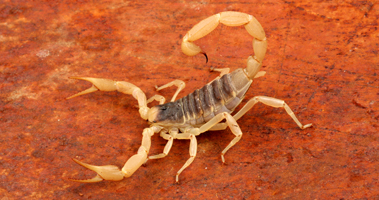
The venom of the Deathstalker Scorpion is said to have potential for treating brain tumors. and diabetes. Deathstalkers have a very strange color to them; many people think they look like toys due to the elastic looking yellow or green coloring.
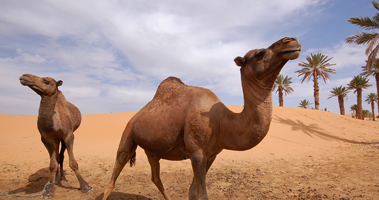
Dromedaries can travel up to 100 desert miles (161 kilometers) without water. They rarely sweat, even in desert temperatures that reach 49°C. When they do refill, they soak up water like a sponge. A thirsty Dromedary can drink 30 gallons of water in only 13 minutes.

Some of the hottest months have temperatures exceeding 50 degrees Celsius. However at night temperatures can drop significantly. The highest temperature ever recorded was at 58° in Aziziyah, Libya.
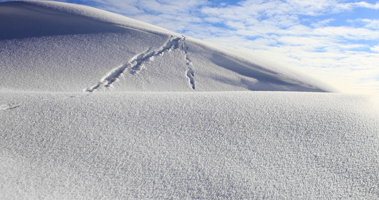
Deserts are the hottest as well as coldest places on earth. Deserts are cold at night because of the lack of water in the ground, thus allowing the surface to cool rapidly at night through loss of infrared radiation to outer space. It has been estimated that the Sahara Desert loses more infrared radiation than it gains solar radiation from the sun.

The fennec fox is bred commercially as an exotic house pet.
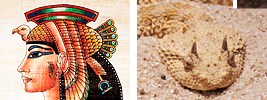
Its said that Cleopatra committed suicide using the venom of a sand viper.

February 18 1979 – for the first time in living memory the Sahara Desert experiences snow for 30 minutes.
There are approximately 8 octillion grains of sand in the Sahara desert. There are some huge sand dunes in the desert which reach a height of about 180 meters. While a mountainous sand ridge, reaches over 1,000 feet.
